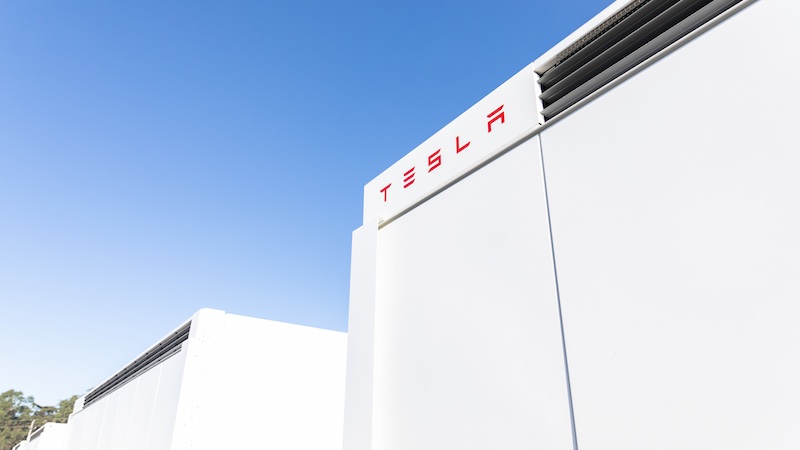Tesla apparently wants to build a battery factory in Shanghai
The global demand for energy storage and batteries continues to rise. E-car maker Tesla has now announced the construction of a gigafactory for its megapack batteries in the Chinese metropolis of Shanghai.
Batteries and high-energy products are playing an increasingly important role. Because more and more companies around the world are turning to electric cars. At the same time, we need storage solutions for the intelligent power grid of the future. But the price of such energy storage is decisive.
Tesla CEO Elon Musk agrees. With its own gigafactories, the company already produces many battery solutions. However, the capacity of the systems will soon no longer be sufficient. Therefore, Musk is now bringing a new Gigafabrik project into play. The potential location: the Chinese metropolis of Shanghai.
Tesla plans to build gigafactory in Shanghai
Sometimes there are several reasons for this. On the one hand, Tesla already has a manufacturing facility in the area. A gigafactory could also supplement this branch. At the same time, China is ahead in the international comparison in the production of battery cells, so economies of scale can be used.
Meanwhile, construction of the new production facility is scheduled to begin in the third quarter of 2023. Then the gigafactory in Shanghai could already expand the output of the gigafactory in California in the second quarter of 2024. According to the Chinese news agency Xinhua Tesla can then produce up to 10,000 units of battery power plants per year.
Megapack: Great potential for battery storage
This corresponds to a capacity of 40 gigawatt hours. However, it is not yet known whether Tesla will then merge with the company CATL. In one way or another, the e-car maker is preparing for an increasingly electrified future with this move.
The Market research company SNE Research already determined that compared to 2021, the need for electric car batteries grew by 72 percent last year. In 2022, companies manufactured energy storage devices with a capacity of 517.9 gigawatt hours. This year it should probably be 749 gigawatt hours and thus almost 50 percent more.
Also interesting:



